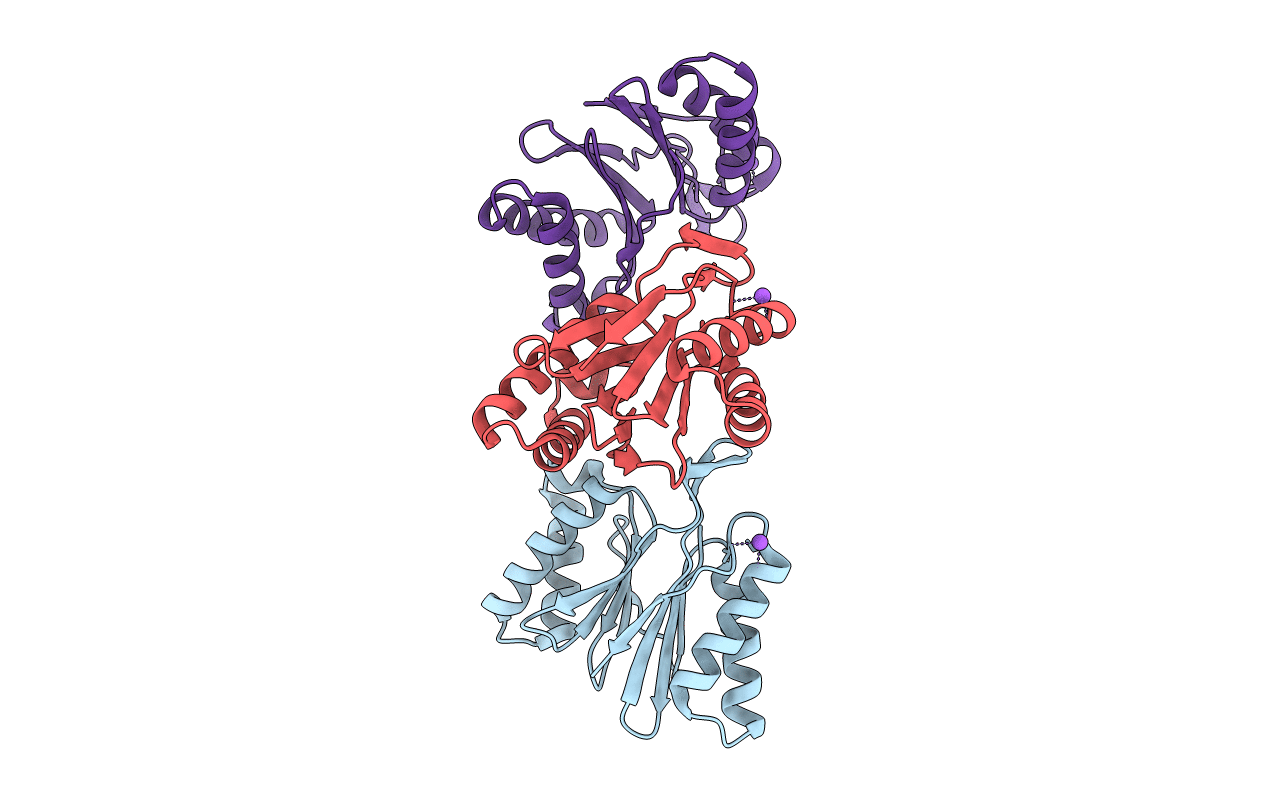
Deposition Date
2002-07-05
Release Date
2003-05-06
Last Version Date
2024-02-14
Entry Detail
Biological Source:
Source Organism:
Thermotoga maritima (Taxon ID: 2336)
Host Organism:
Method Details:
Experimental Method:
Resolution:
2.10 Å
R-Value Free:
0.22
R-Value Work:
0.19
Space Group:
I 2 2 2


